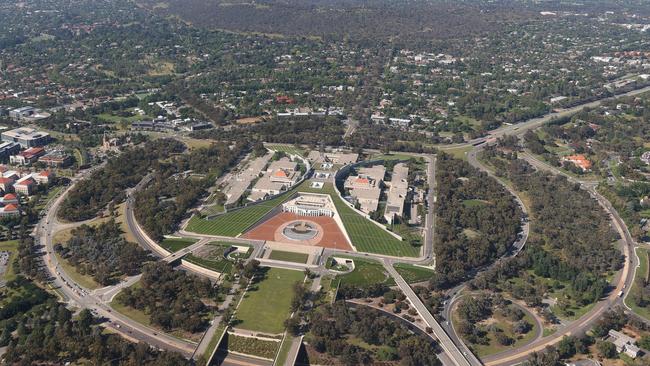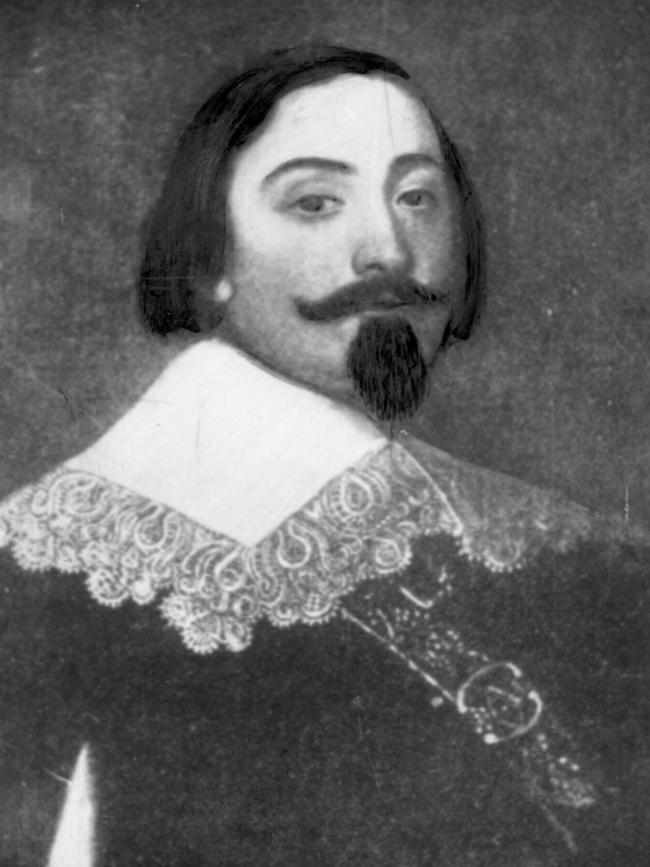Is it time for an Australian state to have an Indigenous name?
Unlike Canada, we still don’t have a state or territory named for our first nations people.

The most powerful country on Earth (as measured by economic output) prior to the rise of the US was the United Kingdom. The timing of Britain’s global ascendancy – roughly the
half-century to the 1870s – was, I think, an important factor in shaping our nation.
Modern Australia may have been founded as a penal colony but it quickly emerged as an opportunity to create a better version of the fractious world that had been left behind by free settlers and convicts alike. This new world would be loyal, to be sure, but it would also be freer, sunnier, more aspirational.
This is evidenced in early settlement patterns and even in the naming of the states and territories. Two of the Australian colonies were named for the sovereign: Victoria and Queensland. But why would an ascendant global superpower “allow” Van Diemen’s Land to be renamed Tasmania in 1856 in honour of a Dutch explorer, Abel Tasman, who first sighted the island in 1642?

And what about the places sighted and named by the French explorer Nicolas Baudin, who in 1801 left his mark on Western Australia’s Geographe Bay, named after one of his ships?
I’m pleased that such place names have survived: they tell the story of our place in global exploration. But why didn’t colonial authorities summarily replace these names with names that were, well, a tad more British?
Maybe it was because at the time authorities both here and in London respected the scientific endeavour of those who “discovered” these places. It goes to the thinking behind the settlement of the Australian colonies: the higherideal of scientific fairness took precedence over the mere aggrandisement of empire.
Canberra was the first state/territory capital to use an Indigenous place name. However, unlike Canada, we still don’t have a state or territory named for our first nations people. Maybe that opportunity will present itself later in the 21st Century.
The idea that modern Australia was to be a place of higher ideals is also evidenced in the town plans required for wider settlement. The poor living conditions of industrial cities across Britain led to the conclusion that humanity (in cities) needed access to green space.
Colonel Light’s plan for Adelaide in 1837 is, I think, an exemplar of the Australian opportunity to deliver a better quality of life. Here is a city centre dotted with squares and enveloped by a parkland belt. And Robert Hoddle’s plan for Melbourne in 1837 laid out a city grid replete with gardens and accessed by glorious boulevard approaches including St Kilda Road and Royal Parade. Haussmann’s bold reimagining of Paris was still decades into the future when these far-flung Australian cities were being imagined.
Even in the provinces the ideal of creating a better living environment was evident. For example, even the town of Maitland on the Yorke Peninsula has an Adelaide-styled parkland belt. All communities great and small could have access to this better way of living.
An ascendant British Empire may have founded modern Australia with convicts, but reading between the lines there’s evidence that our collection of colonies was also intended to be a place of higher ideals and of aspiration.







To join the conversation, please log in. Don't have an account? Register
Join the conversation, you are commenting as Logout